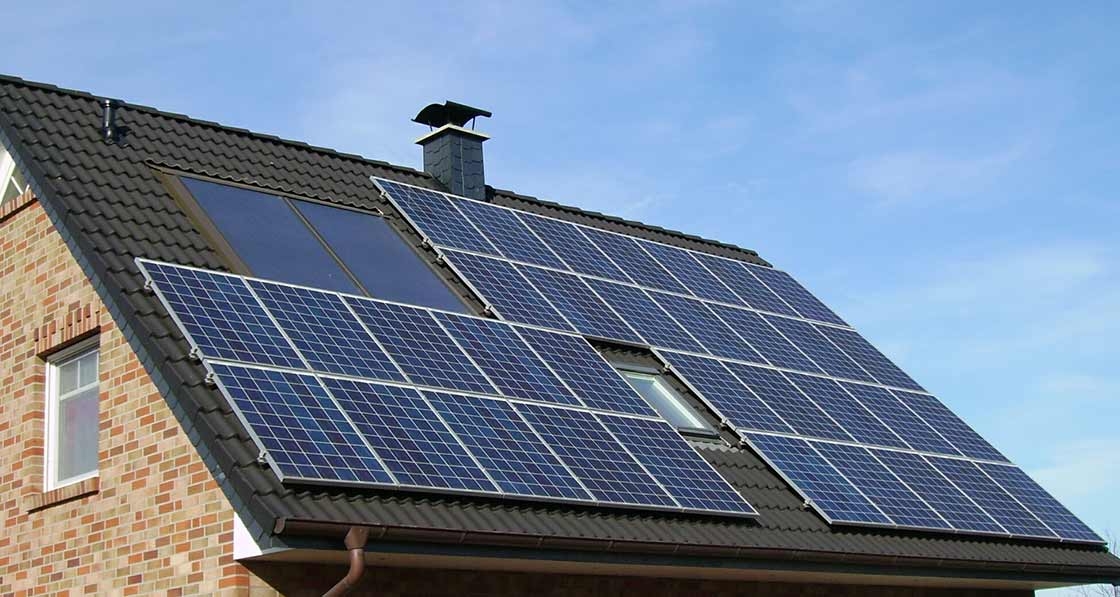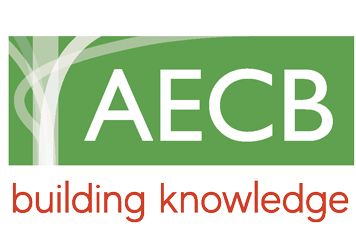
- Blogs
- Posted
Policy for zero, or zero policy?
The penny is starting to drop that profound energy saving efforts in buildings – right up to zero emissions levels – are both necessary and urgent if the UK is to honour its climate change targets. So what’s holding up meaningful action, asks Peter Rickaby?
This article was originally published in issue 21 of Passive House Plus magazine. Want immediate access to all back issues and exclusive extra content? Click here to subscribe for as little as €10, or click here to receive the next issue free of charge
Recently I was invited to a seminar about emissions from UK buildings, by the Government Office for Science and the UK Energy Research Centre.
Although unable to attend, I was prompted to martial my thoughts on the topic. Earlier, a civil servant from the UK Department for Business, Energy and Industrial Strategy (BEIS) told me that all their UK emissions models suggest that if we are to meet our targets then emissions from buildings must be reduced to zero. This begs the question: where is the policy to deliver that? Perhaps that is the policy?
Reducing the energy demand of all buildings to zero by 2050 is not a realistic prospect. However, reducing emissions to zero by a combination of nearly zero energy buildings (nZEBs) and zero supply side emissions looks possible. Renewable energy feeding the grid, on-site renewables and new battery technologies in buildings might do it. But how are we doing with nZEBs?
In the new-build sector, we know how to design and build nZEBs. The variety of certified passive houses shows how, and we are starting to deliver certified housing. In the non-domestic sector, examples such as the UEA Enterprise Centre and the Leicester University Medical Centre demonstrate what an nZEB looks like.
The problem is scaling-up: the passive house standard is robust but voluntary, but UK regulatory standards are inadequate and poorly enforced. We need initiatives like those in Ireland, such as Dún Laoghaire-Rathdown County Council’s passive house policy. Ireland is pushing towards nZEBs, but the UK political imperative is to build as many new homes as possible, quickly. We don’t seem to have noticed that building lots of new homes badly, to inadequate standards, makes the emissions problem worse, not better.
"The average cost of reducing emissions by 60% per dwelling is £45,000 one-off and around £25,000 at scale. So in the UK, with twenty million homes to improve, we must spend £500 billion."
We also don’t seem to have noticed that most UK house-builders are part of the problem, not part of the solution. They fight against any new standard, and when standards are imposed they find shoddy ways of meeting them, or cheat. The enthusiastic uptake of decentralised mechanical extract ventilation that cannot deliver ventilation compliant with building regulations is a good example. Another is the response to the revelation that new homes are overheating: a call for regulation so house-builders can claim compliance and limit their liability. What about improving the product? A recent visit to a Cairn Homes development near Dublin opened my eyes to the quality that house-builders can achieve, if they are committed to high standards. The problem in the UK is that house-builders make their money from the increment in land value, not from the quality of what they build, and in the current market they can sell anything, however poor. We must change that.
Unfortunately, in any year only 0.3% of domestic emissions are associated with homes built that year: the other 99.7% come from homes built in previous years. Over 80% of the buildings around us will still be standing in 2050. Thus the focus of the emissions challenge is not new build but retrofit: in the UK there are around twenty million homes and two million non-domestic buildings to improve.
Again, we know how to deliver one-off deep retrofit. There are many examples of homes retrofitted to the Enerphit standard, or similar. The professional community around the Passivhaus Trust, the AECB and the Retrofit Academy has accumulated much knowledge. We know that reducing emissions on site by 60% (at current emissions factors) is achievable, 80% is challenging, and 100% is almost impossible, so the supply side has a role to play. We know that the average cost of reducing emissions by 80% is £90,000 per dwelling one-off and probably £50,000 at scale. We know that the cost of reducing emissions by 60% is £45,000 one-off and around £25,000 at scale. So in the UK, with twenty million homes to improve, we must spend £500 billion. Depending on whether you are a glass half empty or a glass half full person, that is either a big challenge or a big business opportunity.
Can we deliver deep retrofit at scale? In the domestic sector, owner-occupiers have little incentive or resource, and many households are struggling with fuel poverty. People in cold, mouldy homes are uninterested in reducing emissions, so we must deal with fuel poverty first. Then for retrofit we need: comprehensive technical standards, guidance and training; quality assurance (with teeth) to provide consumer confidence; retrofit incentives; and subsidies for those unable to pay.
Then there are some technical aspects of retrofit that we could improve. Our understanding of moisture management is growing, through the work of the UK Centre for Moisture in Buildings, but complex information must be distilled into simple guidance. Ventilation must become central to our retrofit strategies; demand controlled ventilation is leading the way, but we need more options. Risk management is emerging as a retrofit discipline, and the Retrofit Academy is training more retrofit coordinators for this role.
Finally, one issue will come back to bite us in new-build and retrofit: overheating. If we don’t take overheating seriously, and get to grips with it, then hot homeowners will buy portable air conditioners and there will be no emissions saving.
Some policy would help too





